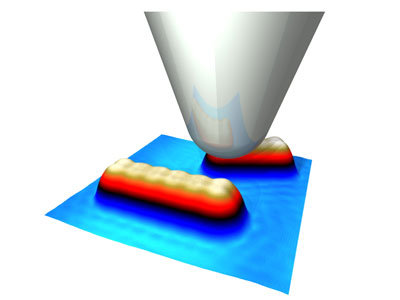Manchester U researchers show graphene's potential for use in wearable electronics
Researchers at the University of Manchester have demonstrated how graphene's conductivity and flexibility will prove crucial to wearable electronic applications, opening the door to battery-free healthcare and fitness monitoring, phones, internet-ready devices and chargers to be incorporated into clothing and ‘smart skin’ applications (printed graphene-based sensors integrated with other 2D materials and put onto a patient’s skin to monitor temperature, strain and moisture levels).
The researchers printed graphene to create transmission lines and antennae and experimented with these in communication devices. They used a mannequin to which they attached graphene-enabled antennae on each arm, and found that the devices were able to communicate with each other, effectively creating an on-body communications system. These results show that such graphene-based components have the required quality and functionality for wireless wearable devices.




